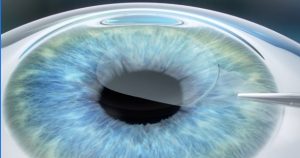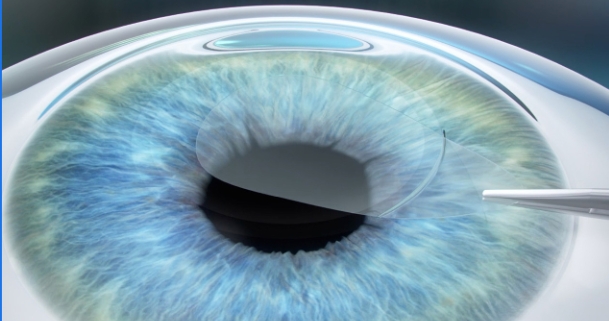Are you shortsighted? Have you ever considered undergoing refractive surgery? If so, Small Incision Lenticule Extractions (SMILE) is the best laser technology to try. Doctors use a femtosecond laser to correct shortsightedness and astigmatism in individuals. They flatten the cornea by making a minimal incision in about thirty seconds.
This laser technique is not only non-invasive but also safe, quick, and painless. By using numbing eye drops, doctors make sure patients experience no agony throughout the process. Due to the minimal risk of side effects, recovery time is no longer than a week.
Have a look at the main advantages of undergoing SMILE.
Non-invasive
One of the greatest advantages of a SMILE eye surgery is the non-invasiveness of the procedure. When compared to other vision correction surgeries, SMILE requires no corneal flip in order for surgeons to access the inside of the cornea. Instead of a flap, surgeons make a small incision to the central part of the cornea by using a special femtosecond laser. Check out this site to learn how important the cornea is for your vision.
Besides the incision made to the central part, doctors create another even tinier incision on either the left or right side of the cornea. In only a couple of minutes, patients are provided with corrected eyesight while experiencing no severe damage done to the corneal tissue. It’s of the utmost importance for corneal tissue to sustain as little damage as possible throughout the procedure.
Incredibly quick
SMILE eye surgery has gained popularity due to the incredible shortness of the procedure. Individuals considering to undergo such a surgery spend a maximum of an hour and a half in the doctor’s office, even though the procedure itself lasts no longer than two minutes.
In addition, the largest part of the appointment is spent on doing the necessary preparations and ensuring the patient feels comfortable throughout the process. Also, surgeons make sure enough time is spent on monitoring patients following the SMILE surgery to detect potential complications.
By deciding to eliminate your shortsightedness in this way, you won’t have to waste plenty of time on recovery. Believe it or not, the incision takes no longer than 24 hours to heal, following which you can get back to your daily activities. As far as make-up is concerned, patients are allowed to wear it only 72 hours after the procedure. The same goes for swimming, which is especially important for individuals fond of taking a swim. See this link, https://www.medicinenet.com/tetracaine_ophthalmic_drops/article.htm, to gain a better understanding of tetracaine ophthalmic drops.

No pain and minimal side effects
The non-invasiveness of the SMILE eye surgery explains why patients experience minimal discomfort during the procedure. Prior to the surgery, doctors administer anesthetic drops to patients in order to numb the surface. Additionally, some individuals are even given calming medications to reduce their anxiety in case they find the entire process stressful.
When it comes to side effects, patients face minimal discomfort following a SMILE eye surgery in the form of dry eye syndrome and irritation. Nevertheless, these adverse effects can easily be managed by administering artificial tears for a couple of days.
An alternative to LASIK
The majority of patients ineligible for LASIK surgery can undergo SMILE eye surgery to correct their vision. Individuals dealing with myopia and astigmatism, or experiencing both conditions at the same time are recommended to give SMILE a try. People under the age of forty are considered much more eligible than older individuals.
Nevertheless, doctors conduct an initial assessment prior to determining whether an individual is considered eligible for SMILE. Another important consideration for doctors before performing a SMILE Eye Surgery is the overall eye health of patients. They need to assess whether the patient is likely to experience dry eye syndrome after the procedure.
Moreover, this technique is considered ideal for people involved in contact sports, such as rugby and martial arts. These individuals are at high risk of experiencing eye trauma while playing these sports. The same recommendations apply to members of the police force and armed forces.
The bottom line
Wait no longer to have your vision corrected.
Eye health is worth taking care of!








